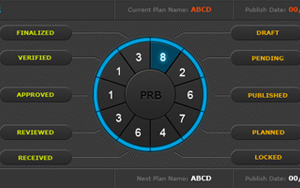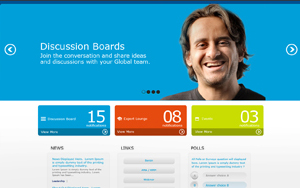Sign In & Authentication
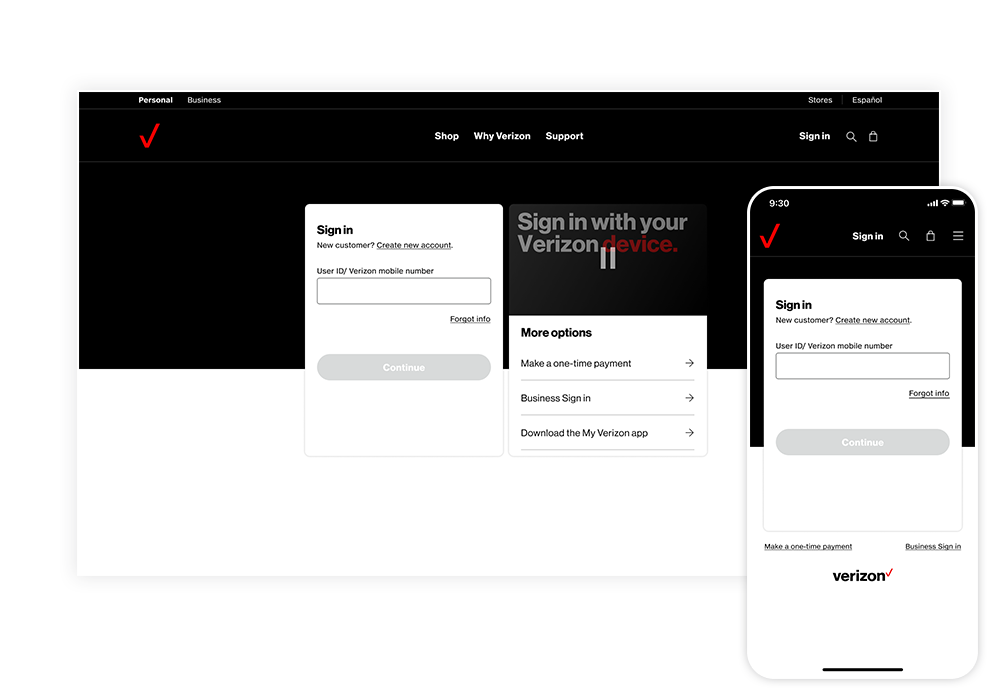
Verizon's Authentication
The last project I had at Verizon was enhancing our Sign-in screen. But it was more than that. What we set out to do was reexamine the way we authenticated our customers. Looking at our data, Verizon has 90+ million sign-ins a day. Over 30% of our customers signed in using the password forgot flow. Around ~15% had abandoned these flows altogether.
We worked closely with our content team and Brand team. Since my team was on Verizon's Wireless (Mobile) side, we engaged the Wireline team (Fios) and the Prepaid team on these updates. We also had to work closely with our legal team to ensure we were adhering to all mandates by the FCC. An Authentication committee comprised of several groups within Verizon had to agree and clear all changes. Last but not least, we also partnered up with the Accessibility team to ensure an excellent experience for all our customers.
All these teams needed to be on the same page!
The Challenge
We have always understood that passwords can be challenging to remember. They are increasingly more complex nowadays. Most accounts require 8-12 characters long, including a lower and upper character, using at least one numeric digit, and using at least one "special" character. It also doesn't help that a customer may only use the password to these utility accounts once or twice a month. We also learned that sign-ins were even more difficult for our customers once we understood that many customers employed a different email address from the one they deemed their primary one to use with these utility accounts.
Balancing security and ease of use was very challenging. Bad actors have become increasingly more clever and innovative in gaining your log-in information. Verizon holds a lot of the customer's important information. So, it is paramount that we do all we can to protect it. On the other hand, we want our sign-in process to have as little friction as possible. Striking that balance takes a lot of work.
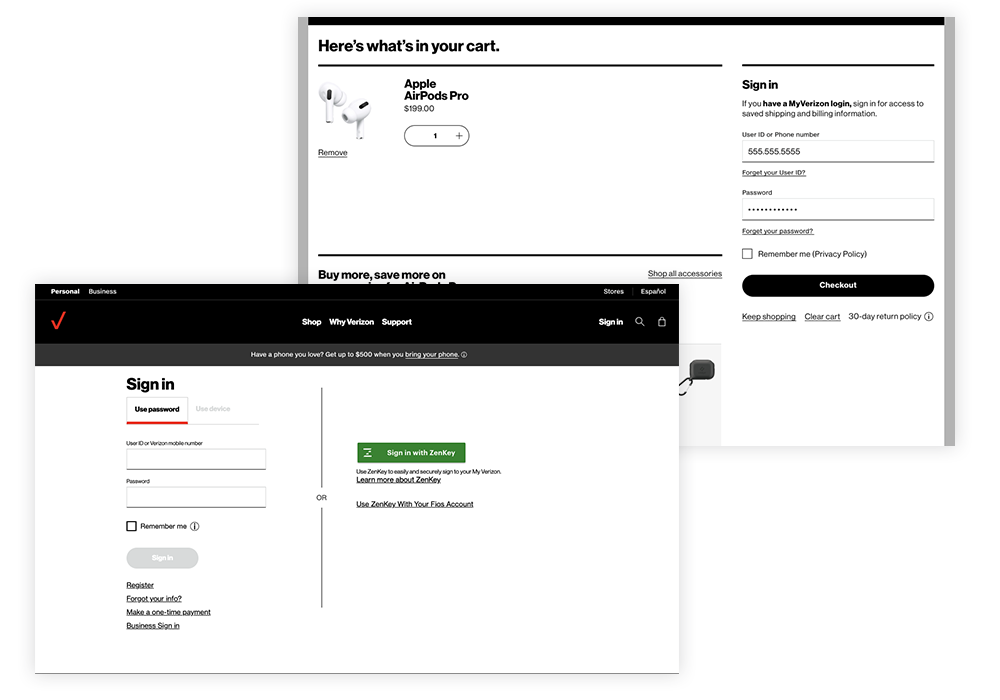
The Old Sign In screens
The Opportunity
We conducted several heuristic evaluations across all channels. We identified the inconsistencies and noted the components that needed to be clarified. Then, we took on the approach of Four Factors of authentication. The four factors are Possession, location, biometrics, and knowledge. We were requiring our customers to draw from these four Buckets. We considered that this approach meant that, at first, there would be a few more tasks for our customers, but this would pay off later as it allowed us to build a degree of confidence that we were allowing access to the actual customer and, in turn allowing for a much more frictionless sign in.
We also surveyed sign-in screens in many industries to know what we could glean from them. Also, to better understand what the customer is likely to see, to minimize the learning curve.
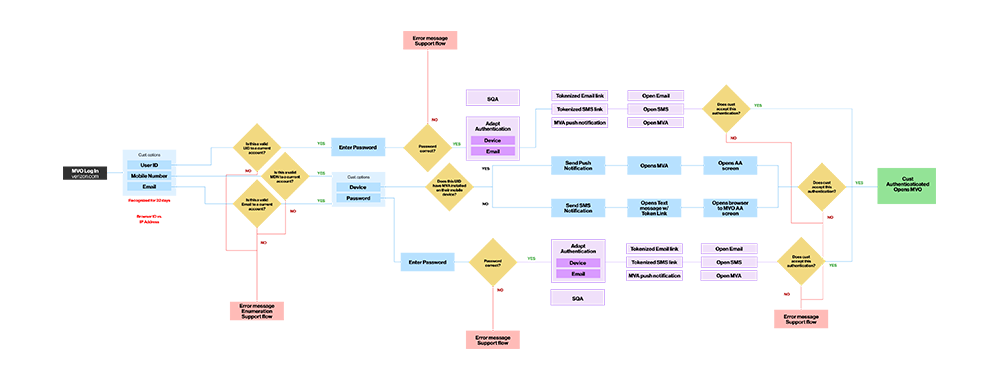
Our Process
There were many flows that we had to re-map out. We looked at every individual journey and scrutinized all aspects, from language to visuals, accessibility, and relationships based on distance and position. We added other flows that better supported those journeys and sunsetted others that could have been more helpful and clearer.
We then consider how to apply this to all authentication touchpoints and help build consistency on all Verizon channels and all our subsidiary companies.
After much consideration, we went with a modular approach. We designed two modules. "Container A" would contain everything the customer would need to authenticate. Container A also houses all supportive flows. The second, "Container B," would include additional helpful information or options to complete their journey, like paying your bill without signing in.

Benefits
This approach allows us to carry the exact Sign-in flows to all channels. Allowing
us to make the Sign-in process a plug-and-play tool. Regardless of the journey,
a customer is on, we can now more organically have a customer sign in without breaking them away from what they are currently trying to do and taking them to
a sign-in page.
Sites main
Sign In screen
On the Verizon site, The plan was to have the layout be adaptive, supporting desktop and mobile devices. Verizon apps would also benefit from this approach.
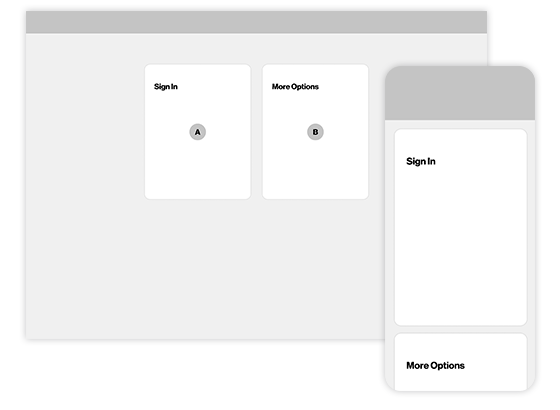
In the Chatbot
On Chatbot, we can insert the Sign-In module and the options on Container B could be introduced in a conversational context. The plug-and-play approach saves the Chatbot teams from the need to customize an experience that fit.

Contextual Sign In
We no longer need to interrupt the customer journey. If we needed to authenticate you on a Sales flow, we had to remove you from that flow and put you on a Sign-in page. Many times, this lead to customers abandoning the sales altogether.
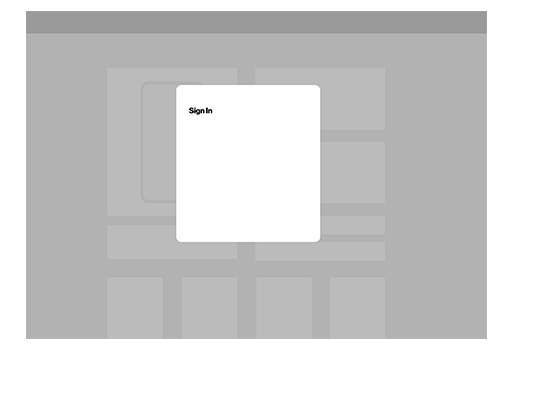
Smart TV Sign In
The module approach would extend to other devices as well. Inclusion of a QR code and 2FA would
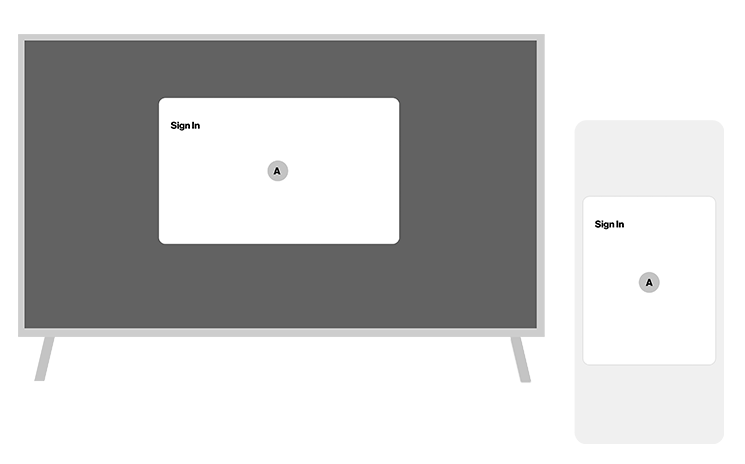
What is in the recipe?!
We know of the must-have components: User ID, Password, and Sign-in button. But we also need to reconsider the labels of said components. Are they clear? Do they still support what we are trying to achieve? Sign In vs. Log In? Most Sign-Ins have a set of components in common. They are also stacked in very similar format. We obviously wanted that to be true on ours as much as possible. But other things are also true when working in a large company like Verizon, such as working with other business teams and finding ways to achieve multiple goals.
Wire exploration
A number of combination and placement was tested of the components that made up the modules.
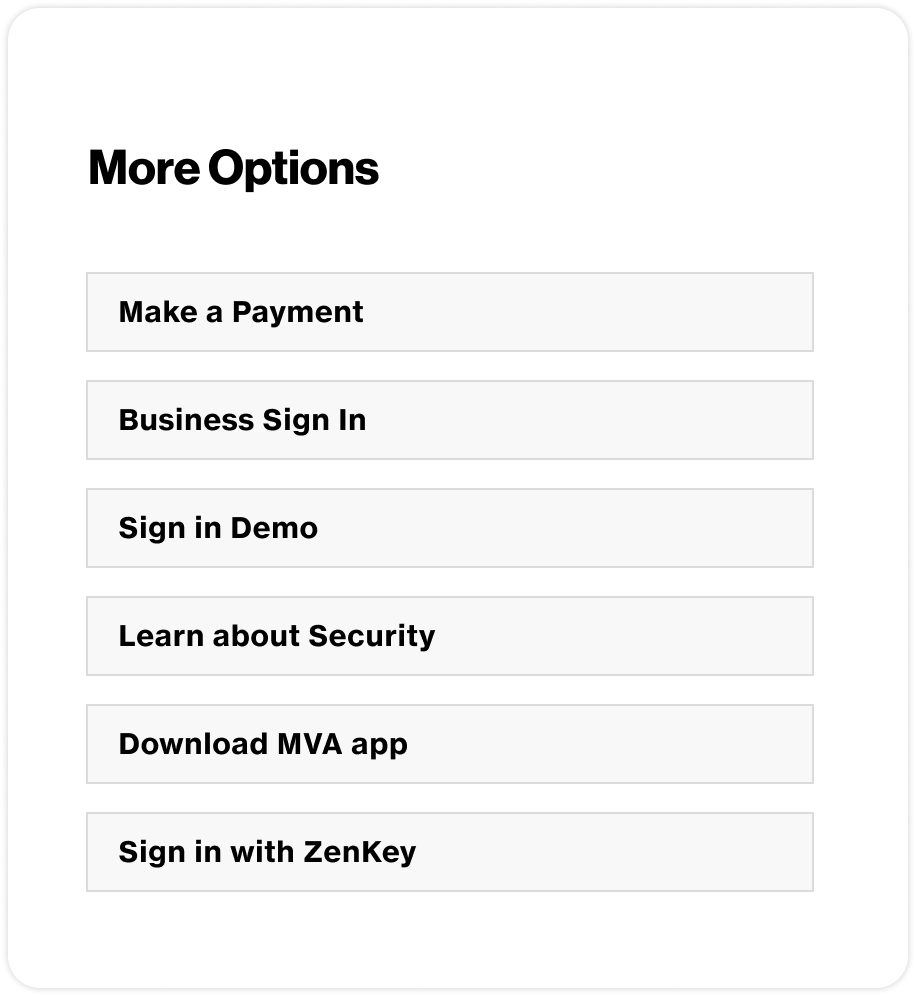

Final Modules
TThe final version represented a clear and simple approach to the modules. We also created a short video to reinforce what the customer should expect from the new sign-in experience. We conducted several A & B tests to ensure the customer did not need the video, but it only served as reinforcement.


Module Library
I created a library of components to support all of the authentication flows and the authentication support flows. These could also be used by other designers in Verizon on all channels, to create mocks.
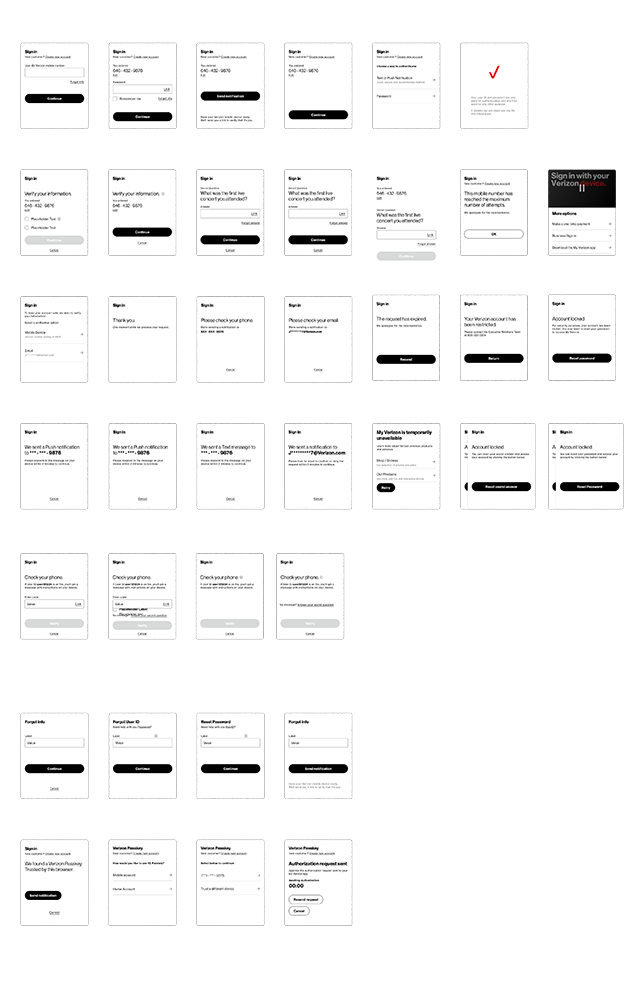
Final Design
As of today, when creating this case study, there were a few minor changes made to the design. Most of the changes were for Branding purposes. Yet, the live design is mostly still all the hard work of the teams that worked on phase 1 of the enhancements to Verizon's authentication experience.

